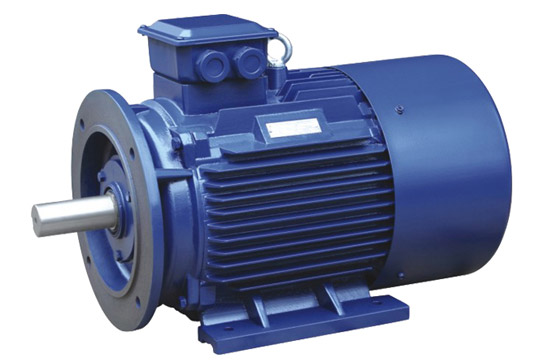Common causes of abnormal bearing noise:
1. Impurities such as sand or carbon particles are mixed into the bearing, which acts as an abrasive;
2. The bearing is mixed with water, acid or paint and other dirt, which has a corrosive effect;
3. The clearance of the bearing is too small (the fit is not properly selected);
4. The type of lubricating oil or grease is not selected correctly;
5. Insufficient lubrication (oil level is too low, oil or grease leaks through the seal);
6. The bearing is flattened by the seat hole (the roundness of the seat hole is not good, or the seat hole is not twisted straight);
7. The pads on the bottom surface of the bearing seat are not flat (resulting in deformation of the seat hole or even cracks in the bearing seat);
8. There are debris in the bearing seat hole (remaining chips, dust particles, etc.);

9. The seal ring is eccentric (touches adjacent parts and rubs);
10. The bearing is subject to additional load (the bearing is axially tightened, or there are two fixed end bearings on one shaft);
11. The thermal elongation of the shaft is too large (the bearing is subjected to static indeterminate axial additional load);
12. The clearance of the bearing is too small, and the rotation is too tight (the adapter sleeve is over-tightened);
13. The bearing is noisy (caused by the sliding of the end face of the roller or the steel ball);
14. The fit between the bearing and the shaft is too loose (the diameter of the shaft is too small or the adapter sleeve is not tightened);
15. The shaft shoulder is too large (it hits the seal of the bearing and rubs);
16. The shoulder of the seat hole is too large (the seal of the bearing is distorted);
Post time: 2022-02-14











